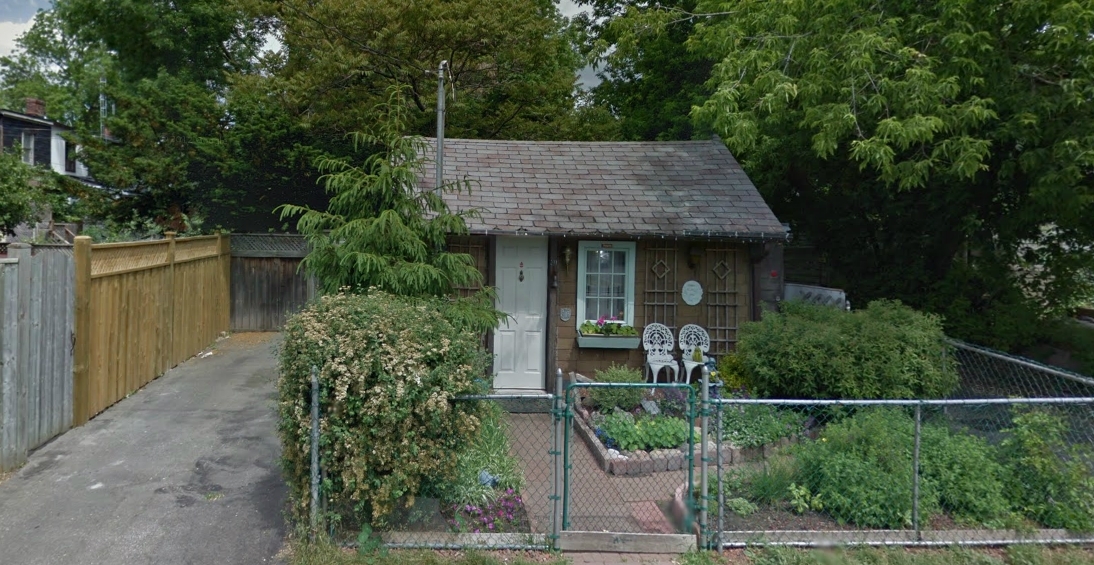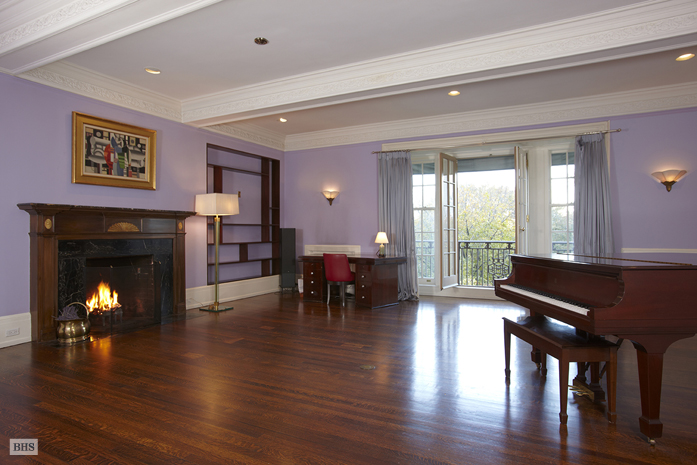By David Larock
Statistics Canada recently changed the way it calculates key economic data to bring its methods into line with agreed upon international accounting standards. As a result, the debt-to-income ratio for the average Canadian household shot up 11 per cent, literally overnight, to 163 per cent (a record high).
This has inspired lots of foreboding talk about how our “soaring” household debt-to-income levels are now higher than U.S. debt-to-income ratios were at the peak of their housing bubble. That may be technically true, but it is also totally misleading.
That’s because the standard method for calculating this ratio uses after-tax income, which isn’t a fair comparison because Canadian personal income taxes cover health care costs and American personal income taxes don’t. (To put this difference in perspective, according to my initial research the average American spends anywhere from 10 per cent to 20 per cent of their after-tax income on health-care related costs.)
While it has become fashionable to predict that Canada is headed for a U.S.-style housing crash, most economists still think that is unlikely and they use plenty of data to support their position.
To be clear, I readily agree that our household debt levels are too high and that’s why I have consistently supported the federal government’s attempts to reign in borrowing by changing the lending policies and regulations used by CMHC and OSFI. But that’s a far cry from believing that our debt levels are about to cause our houses to start spontaneously combusting. (Did I just give Maclean’s an idea for their next apocalyptic magazine cover … or have they used that one already?)
Before you start loading up on canned soup and fire extinguishers, consider this sampling of recent comments from the experts I read:
* A report by BMO economists in January 2012 first pointed out the flaw in using after-tax income to compare Canadian and U.S. debt-to-income ratio levels. Instead, they argued that using a debt-to-gross income ratio would provide a better apples-to-apples comparison. Using this revised methodology, BMO economist Sal Guatieri reported recently that Canada’s debt-to-gross income ratio (121 per cent) is still well below both the current (146 per cent) and peak (166 per cent) U.S. levels. That presents a very different comparison from the popular one being bandied about in much of the mainstream media.
* David Rosenberg, a well-known Canadian economist, wrote recently that our ratio of housing starts to the civilian population is “not far off the average of the last 10 years, whereas as in the U.S. back in the 2006-07 peak, that ratio was 25 per cent above the long-run norm.” In other words, Canada has not seen the kind of short-term spike in speculative real-estate investing/borrowing that we saw in the U.S. during the latter stages of their housing bubble.
* Mr. Rosenberg also notes that Canadian policy makers and regulators have been pro-active in responding to our rising household debt levels while their U.S counterparts were basically asleep at the switch until it was too late (hyperbole mine).
* Further to that last point, Benjamin Tal, an economist with CIBC, recently noted in an interview with Rob Carrick that overall Canadian household debt is now rising at its slowest pace in 10 years, while consumer debt levels are actually falling for the first time in 20 years. That kind of momentum makes for a trend in the right direction.
* In a separate report, Tal notes that the crash in U.S. house prices was far more extreme in cities with above-average levels of sub-prime lending, where prices corrected by an average of 40 per cent. This is more than double the average decline seen in U.S. cities with below-average levels of subprime loans.
“Eradicate subprime from the U.S. housing market and, instead of the most severe house price meltdown since the Great Depression, you get a soft landing.” By comparison, Canadian subprime loans account for about seven per cent of our total mortgage debt outstanding while U.S. subprime loans peaked at a little under 25 per cent of their total mortgage debt outstanding before their housing crash.
The bottom line: Like any informed observer who can see beyond his own short-term self interest to what is best for the whole economy over the long term; I am concerned about how ultra-low interest rates have pushed our household debt levels to record highs. But I reject the implication that we have driven over the debt cliff to financial ruin and are now in free fall just waiting to hit the ground.
www.integratedmortgageplanners.com/blog






